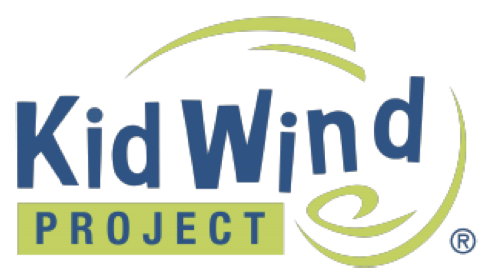
The Challenge is the ultimate wind energy learning experience for students. High school students around the country are exploring wind energy through the hands-on, investigative and exciting KidWind Challenge!
When students participate in a KidWind Challenge they will:
- Discover the promise and limitations of wind energy technology.
- Design, build and test a functional creative wind turbine.
- Compete with their peers in a supportive environment.
Each team that registers must build and design their own turbine. You will not be allowed to modify another team’s turbine and use it for testing. You cannot have one turbine shared between teams and simply change blades or other parts for each team.
Your team’s turbine must be able to fit inside the wind tunnel and must be able to operate within the 48” × 48” internal dimensions of the wind tunnel. It is highly recommended that you design your turbine to fit with plenty of room within these dimensions. Sandbags or other weights will be available to hold the turbine in place within the tunnel if required.
There are no budgetary restrictions for your turbine design, but it is important to keep in mind that part of the judging process is the economical use of resources. Please use materials responsibly. There are two divisions teams can participate in for the competition. Teams must choose which division they will be competing in prior to the Annual Convention.
Critical 2022 - 2023 Dates
For quick reference, the following target dates are listed to ensure your participation in the KIDWIND Challenge. Please read responsibilities, events, and target timeline carefully. ALL links and resources are listed below and should be followed in the suggested order. For further information on the upcoming NSBE conferences, please visit convention.nsbe.org.
TEAM RESPONSIBILITY & EVENTS | TARGET TIMEFRAME (NO LATER THAN) |
KidWind NEW Team Resources, Registration & Application | For NEW teams: Visit the below KidWind links to learn more about the competition and how to create a team. · Plan for KidWind Review the above resources and register your team on KidWind by Mon, December 4, 2023 |
ALL KidWind Teams NSBE Registration | ALL teams are required to submit a registration application for NSBE's KidWind 2023 - 2024 competition at Annual Convention. · 4 - 8 grade application here Registration deadline is Monday, January 8, 2024 Participation confirmation will be sent out by Monday, January 29, 2024 |
National Competition | Held at NSBE's Annual Convention March 20 - March 24, 2024, in Atlanta, GA |